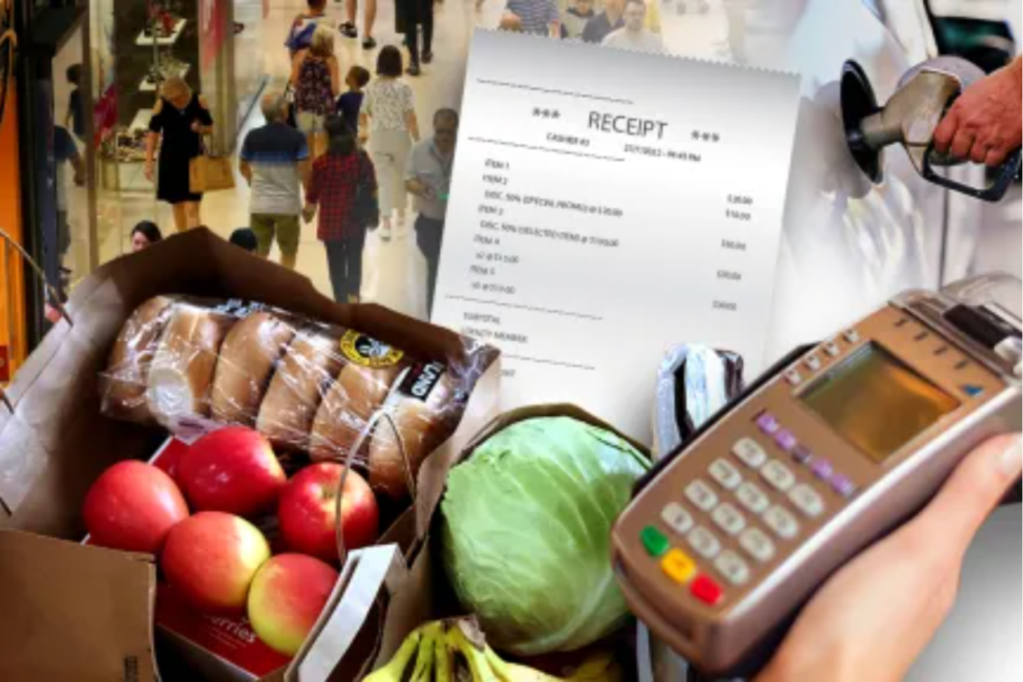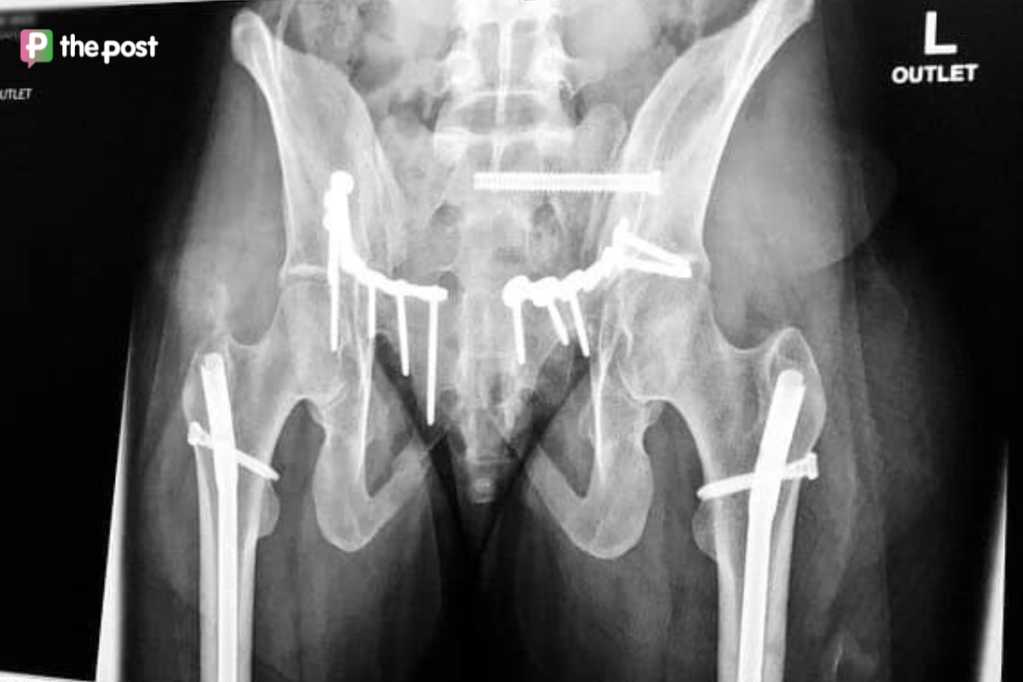Inflation climbs ahead of RBA interest rate decision
The monthly consumer price index has risen for the fourth consecutive month, with the first annual rise since 2022 recorded as the Reserve Bank board prepares to decide on interest rates at a meeting next week.

Australia’s annual inflation rose to 3.8 per cent in the 12 months to the June quarter, with the monthly Consumer Price Index (CPI) up one per cent, new Australian Bureau of Statistics data shows.
Annual inflation saw the first increase since the December 2022 quarter, up from 3.6 per cent in the March quarter.
“Prices rose for goods such as tobacco, new dwellings, automotive fuel and fruit. Annual services inflation continued to be impacted by higher prices for rents and insurance,” ABS head of prices statistics Michelle Marquardt said.
Quarterly price increases in housing (up 1.1 per cent), food and non-alcoholic beverages (up 1.2 per cent), and clothing and footwear (up 3.1 per cent) were the main contributors to rising inflation.
The rise in food and non-alcoholic beverage prices was driven by a 6.3 per cent increase in fruit and vegetable prices.
You might like
“Fruit and vegetable prices rose this quarter as unfavourable growing conditions drove higher prices for grapes, strawberries, blueberries, tomatoes and capsicums,” Marquardt said.
“This was the highest quarterly rise for fruit and vegetables since 2016.”
Rental prices rose 7.3 per cent in the 12 months to the June quarter, a decrease from a 7.8 per cent rise in the March quarter.
The annual price for new dwellings rose by 7.4 per cent in Adelaide, with strong demand and high labour and material costs attributed.
Stay informed, daily
“The continuing tight rental market and low vacancy rates caused rental prices to go up 2.0 per cent for the quarter, following a 2.1 per cent rise in the March 2024 quarter,” said.
Electricity prices increased 6 per cent in the 12 months to the June quarter, an increase from the 2 per cent annual rise reported in the March quarter.
“Most eligible households continued to receive the Energy Bill Relief Fund rebate in the June Quarter. Excluding the rebates, electricity prices would have increased by 14.6 per cent annually,” Marquardt said.
The all-important data release sets the scene for the Reserve Bank of Australia’s interest rate meeting next week, amid concerns it could be enough to trigger another interest rate hike.
Yet the annual trimmed mean, the central bank’s preferred measure of underlying inflation, undershot expectations to come in at 3.9 per cent, down from four per cent in March.
“This is the sixth quarter in a row of lower annual trimmed mean inflation, down from the peak of 6.8 per cent in the December 2022 quarter,” Marquardt said.
Deloitte Access Economics partner Stephen Smith said the data should “put to rest the tired notion that the RBA should lift rates, an act that would do nothing but tempt a recession”.
“The factors driving Australian inflation at the moment cannot be fixed through interest rate hikes. Namely, rents (due to housing supply constraints), fruit and other food prices (due to weather), and insurance premiums (due to previous increases in the cost of claims and weather events),” Smith said.
– with AAP








